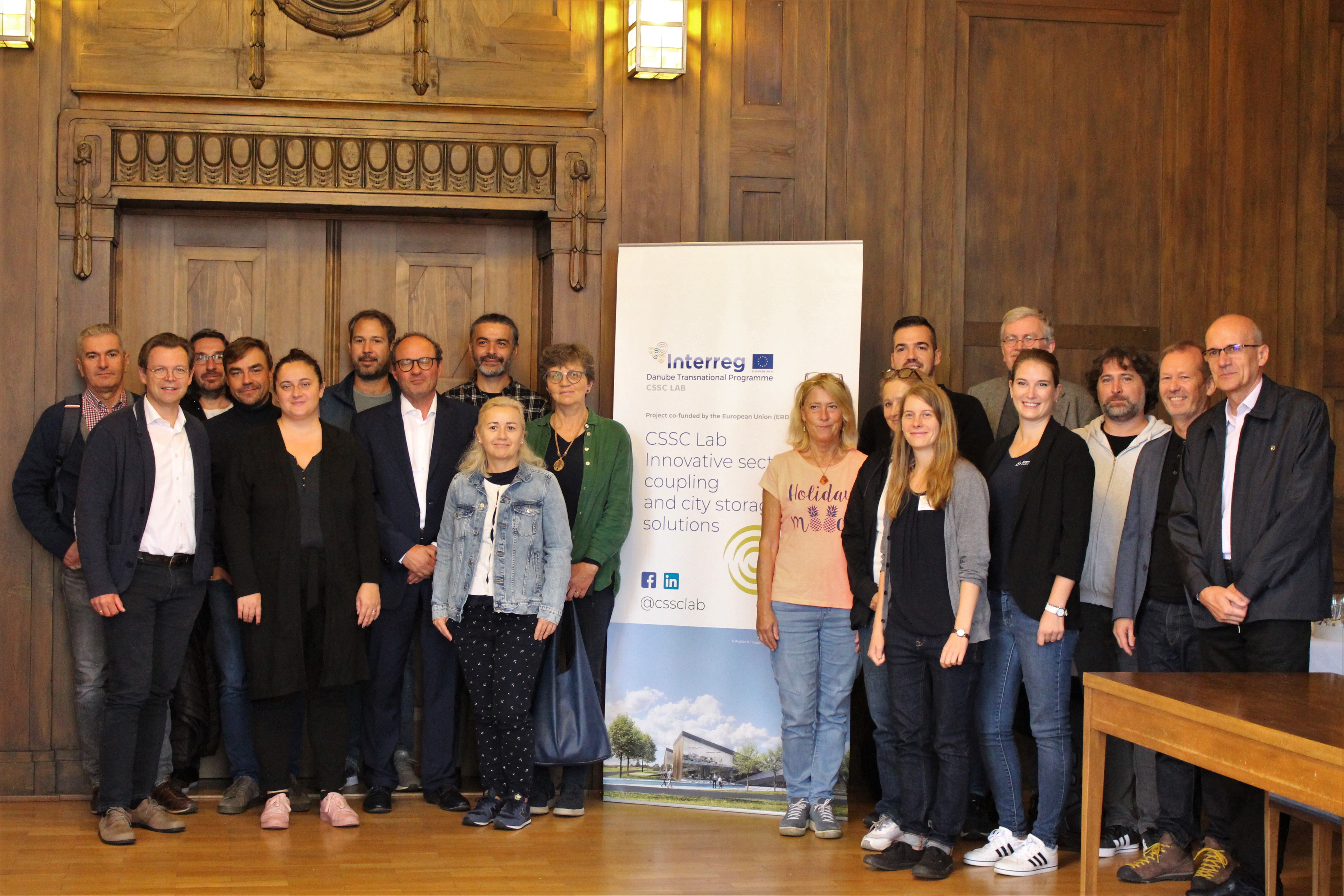Driving Sustainable Change: Jan Jareš on the Success of the CSSC Lab Project
22-08-2023
The CSSC Lab project has been a remarkable example of international cooperation, fostering a culture of sustainability and encouraging the adoption of eco-friendly practices beyond the project's duration. As Jan Jareš, CSSC Lab project communication manager explains, unlike projects that solely produce theoretical outputs, the CSSC Lab project's pilot demonstration centres have continued to attract attention even after the project implementation ended. Municipalities, in particular, have shown great interest in visiting them to learn about sector coupling.
May 30, 2023

How have the project results been used?
The CSSC Lab project and especially its outputs are an excellent example of international cooperation with an emphasis on practical demonstration of concrete solutions. The CSSC Lab project addressed the low adoption of CSSC (city storage and sector coupling) solutions by cities in the Danube region. To overcome this, the CSSC Lab project implemented a capacity building programme for municipalities and demonstrates the feasibility and benefits of CSSC solutions in four pilot demonstration centres. Thanks to the investments in the 4 demonstration centres, maximum replicability has been achieved and, unlike projects that generate only theoretical outputs, we are still seeing a great interest from the target groups (especially municipalities) to visit these pilot centres even after the end of the implementation. Currently, the project results are also used as a basis for a follow-up project submitted to the latest Interreg Central Europe call.
The CSSC Lab project and especially its outputs are an excellent example of international cooperation with an emphasis on practical demonstration of concrete solutions.
Was the project's impact on policy making as expected?
This project was also exceptional in terms of its impact on policy-making in the partner countries. Speaking for the Czech Republic, the activities and outputs have precisely met the initiatives of professional institutions at a time when the most significant update of the legislative conditions for the use of RES since 2004 is being prepared. Thanks to the project, a close partnership has been established, for example, with the national association for energy storage (AKUBAT) or with the researchers of the national research programme that is preparing legislative changes at executive and implementation level.
Have the project results influenced policy decisions or led to any changes in the field?
Whether our project has influenced any political or strategic decisions in this area will become apparent in approximately two years, when it is expected that the last legislative barriers will be removed in the EU countries and the full potential of community energy and sector coupling will be fully developed. In any case, our initiatives have prepared a set of six key strategic recommendations.
Was there any resistance or challenges in incorporating the project results into their work?
One of the great "advantages" of the project was its timing. We noticed a huge increase in interest in the topics of the project immediately after the start of the conflict in Ukraine and the European energy crisis that immediately followed. The topic became a priority even for entities for which we expected to have to make additional marketing efforts.
How can future projects better support use of the results to drive positive change?
In our current experience, projects are ideally built on practical pilots, ideally of an investment nature. Illustrativeness and replicability are then much more accessible and scalable.

